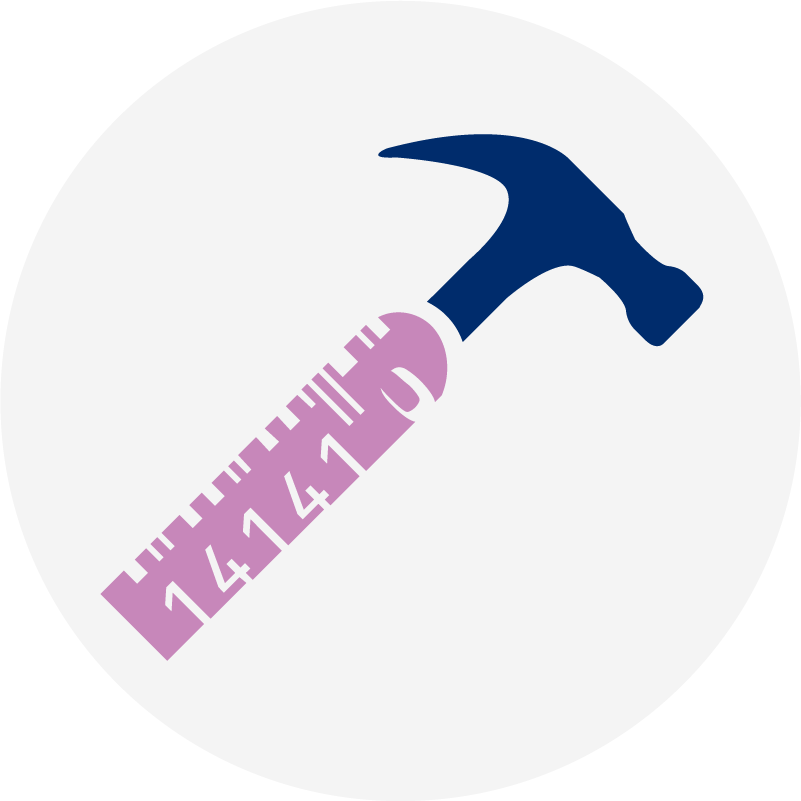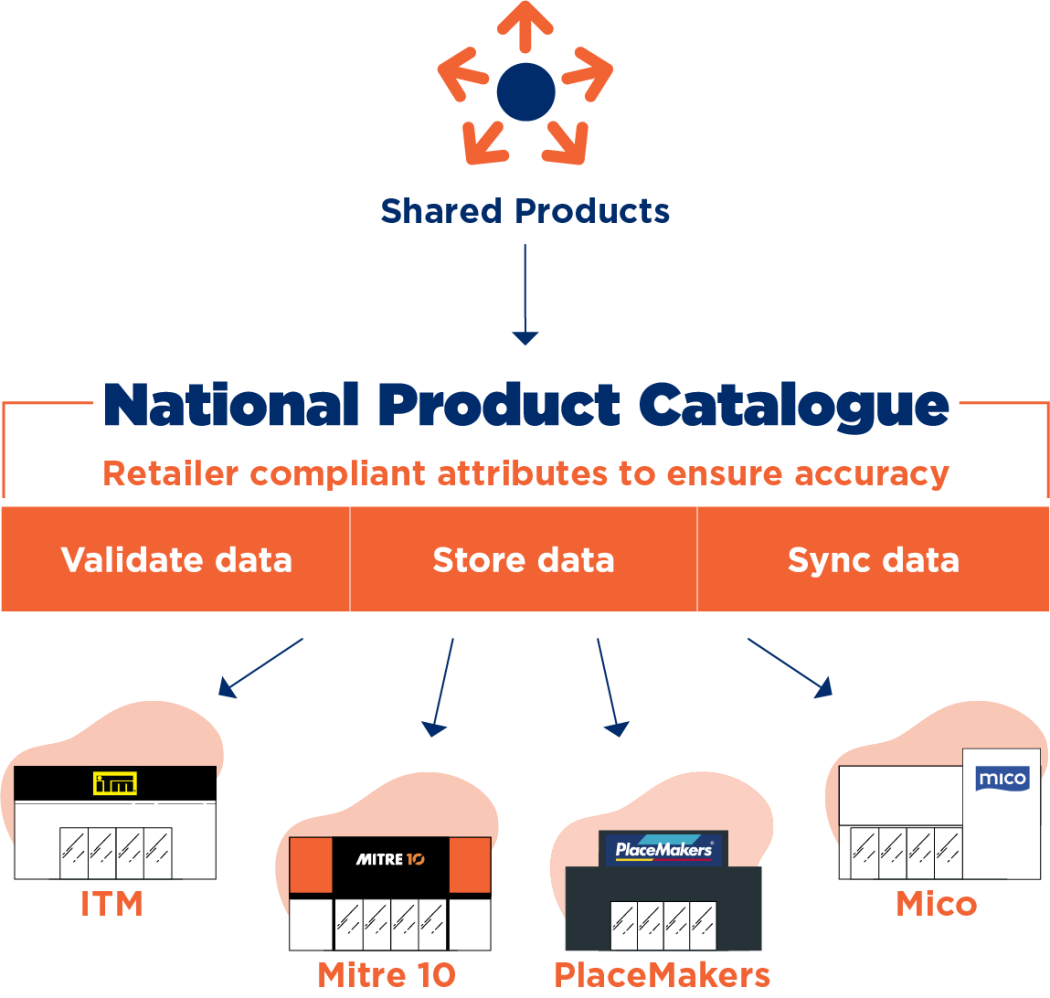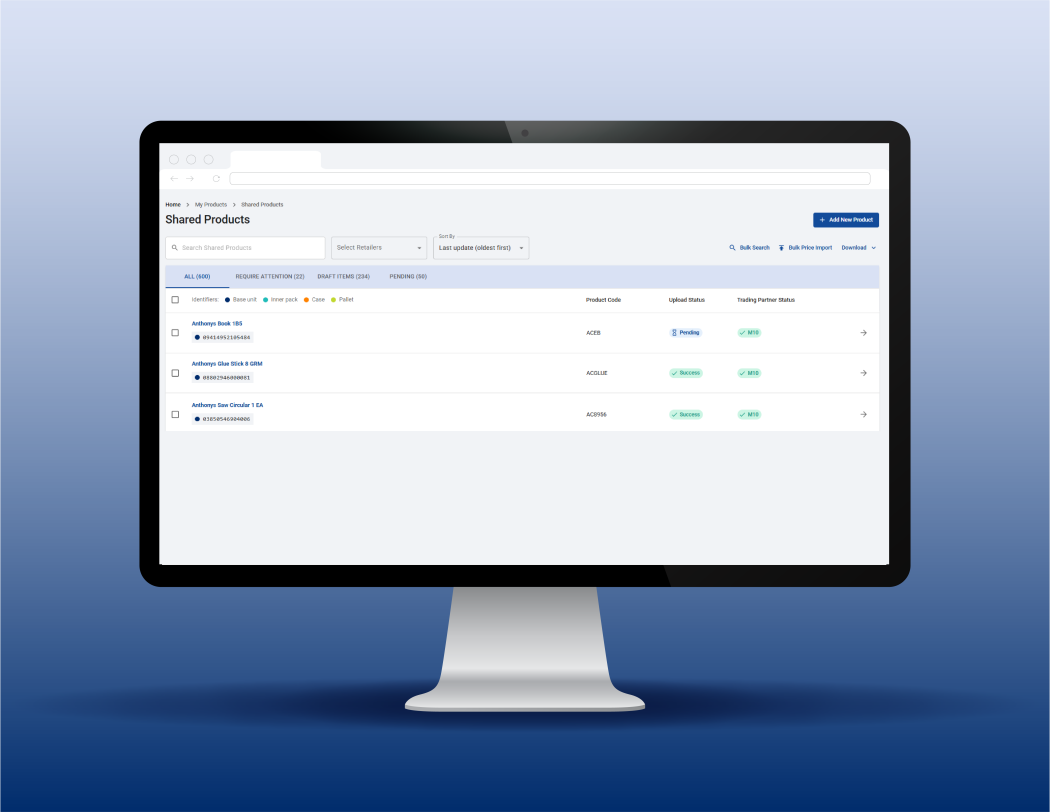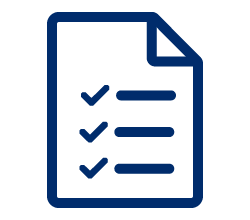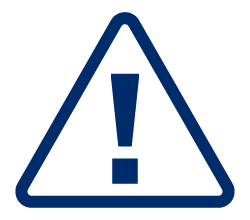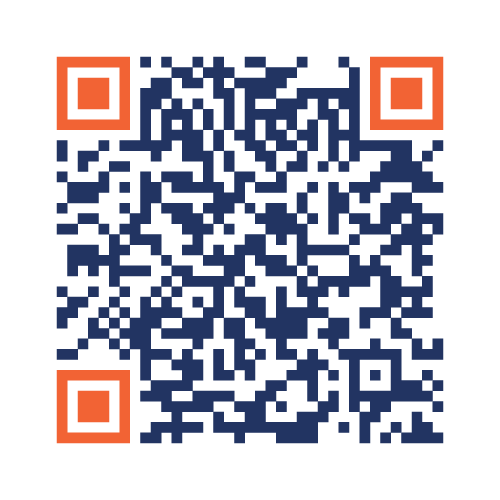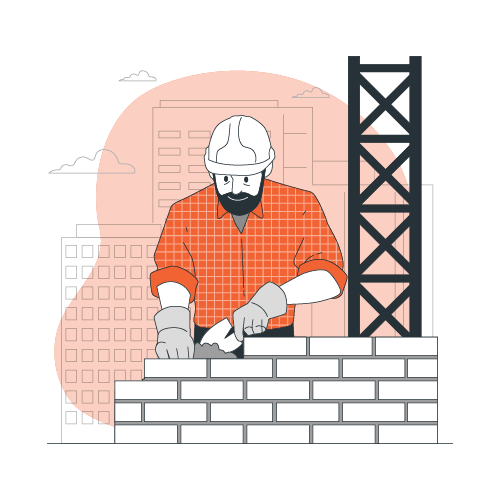DIY/Hardware
The nuts and bolts of a streamlined supply chain – good identification, good data, good visibility.
The DIY/Hardware sector has used GS1 product identifiers, barcodes and product information systems for many years. Merchants and suppliers understand the importance that these things have on improving procurement, supply chain and business processes. Customers are expecting to have richer, relevant, and trusted product information both in-store and online so they can make better, more informed purchase decisions.
Share quality product information efficiently.
GS1’s National Product Catalogue (NPC) has been used in the DIY/Hardware sector for many years and is the preferred method for sharing product information between merchants and suppliers.
Product information is entered into the NPC by a supplier where it is validated, stored, and maintained all in the one place. The same product data can be shared with any trading partner using the NPC – load data once and share with many.
To do this, suppliers to the DIY/Hardware sector log in to MyGS1 and use the Shared Products page to load their product data.
MyGS1 Shared Products
Shared Products, accessed through the MyGS1 portal, gives manufacturers and suppliers an intuitive user interface between the National Product Catalogue (NPC) and retailers’ systems.
Manufacturers and suppliers can easily set up all the item information – GTIN, detailed product descriptions and attributes, marketing messages and pricing that retailers need for enriching their online presence. When product information changes, such as a price change, this can be updated in Shared Products and it will automatically flow through to their trading partner(s).
Sign up for the National Product Catalogue to access MyGS1 Shared Products.
Benefits of the National Product Catalogue
Load data once - share with all your trading partners
Accurate, up-to-date, consistent, high quality information
Effective category management and real-time updates
More complete safety data; safety specs and Hazardous Goods Classifications
Barcode Verification
When you have a product with a barcode, you need to ensure the barcode number is correct and the barcode symbol will scan. Retailers may ask you to get your barcode verified before submitting your product to their stores. GS1’s team can test and verify for barcode correctness and barcode quality.
Interim verification report
Using your pdf artwork, we’ll assess if any important changes need to be made to the barcode before printing labels or packaging. An interim report is not a final report.
Visit our support centre for EAN-13 barcode specifications.
Contact us to arrange bulk verification orders (over 20 products). Products can be sent or dropped off at our Auckland or Wellington offices.
Product photography
Consumers rely on digital assets like good product photography to make online buying decisions. With modern photography studios in Wellington and Auckland, our photography team are experts in making your products stand out from the rest.
This service can be completed at the same time as our barcode verification service.
We offer affordable single image pricing options to meet the requirements of your retailer.
Contact us to arrange photography for oversized or bulk orders.
Other opportunities
Global Location Numbers (GLN) and the New Zealand Business Number (NZBN)
A Global Location Number (GLN) is a global, unique identification number used by an organisation to identify their legal entity as well as physical, functional, and digital locations. An example of where a GLN can be used in DIY/Hardware is to identify a factory or warehouse, business department, a loading bay or a pallet position in a storage system.
The New Zealand Business Number (NZBN) is a GLN that uniquely identifies thousands of Kiwi businesses. Find out more about GLNs.
GS1 2D barcodes are coming
GS1 2D (two-dimension) barcodes are being rolled out globally over the next few years for use in retail point-of-sale systems. Unlike traditional barcodes, 2D barcodes such as QR Codes can hold much more information such as a batch/lot, manufacturing date, serial number and much more for a host of use cases. 2D barcodes can also include a website address (URL) that opens a webpage for even more product information such as user guides, videos and safety data sheets and much more. Learn more
GS1 Research
Digital enablement of businesses, government agencies and consumers to make green building product purchases (2022)
Digital enablement of businesses, government agencies and consumers to make green building product purchases,’ is a new report from GS1 New Zealand focused on how digital innovations can support a greener construction and building industry. Read more
Digital Product Data for Lifting Productivity (2020)
New Zealand's building and construction industry can lift its poor productivity by establishing a digital database on building products, accessible to all industry players and providing them with important product assurance information. Read more

